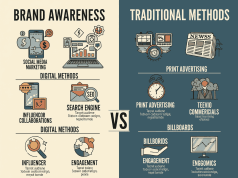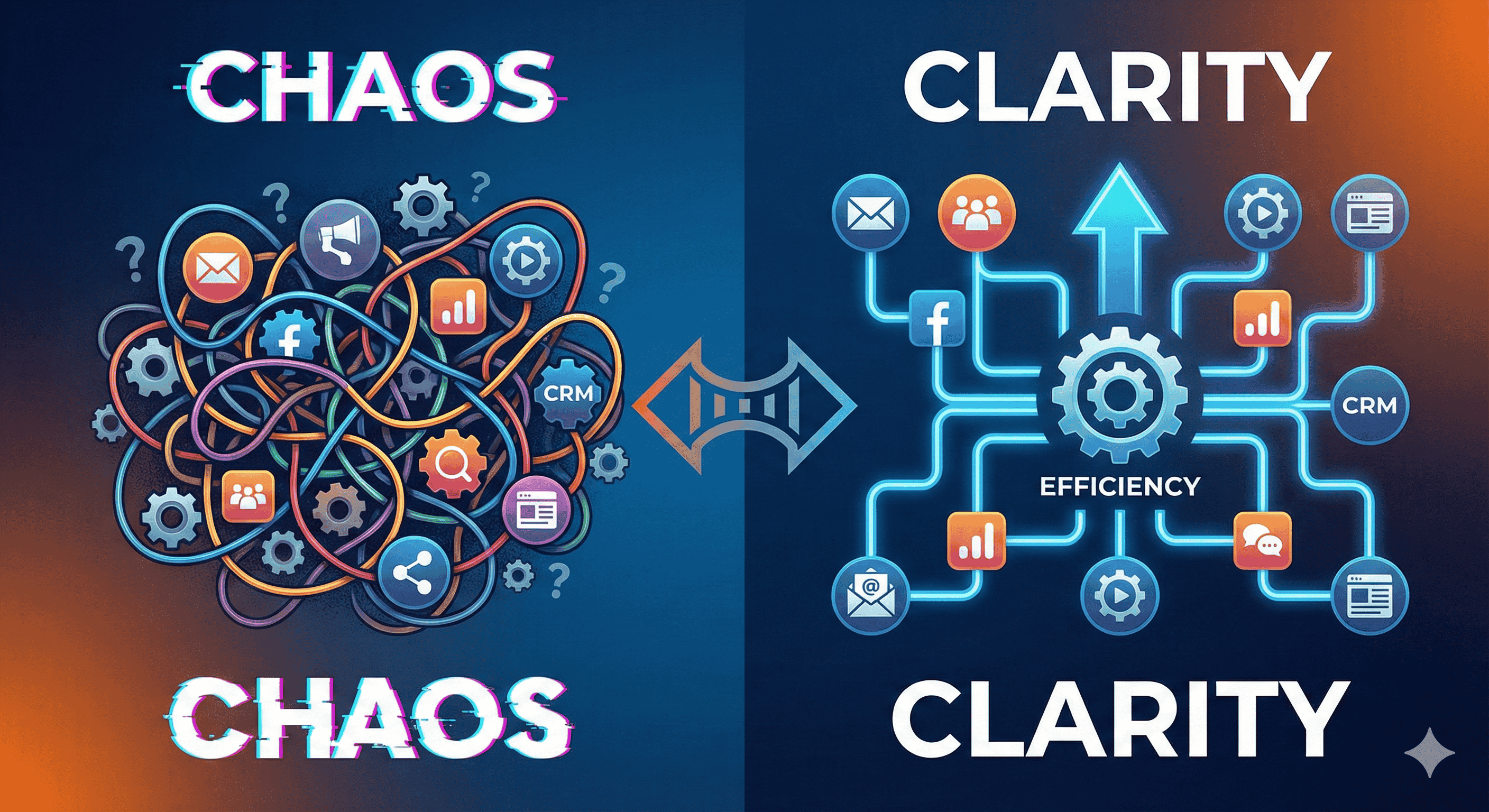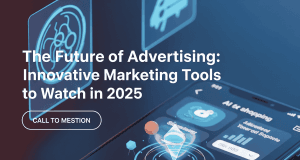As we move towards 2025, the landscape of advertising is evolving rapidly, driven primarily by the shifts in consumer behavior. Factors like technological advancements, changing cultural norms, and heightened social awareness are redefining how brands connect with their audiences. Understanding these trends is crucial for businesses that aim to stay relevant and effectively engage their consumers.
1. Increased Demand for Personalization
One of the most significant changes in consumer behavior is the growing expectation for personalized experiences. From tailored product recommendations on e-commerce sites to personalized email marketing campaigns, consumers now crave authenticity and relevance in their interactions with brands. By 2025, advertisers who leverage artificial intelligence (AI) and machine learning will likely dominate the market, providing hyper-personalized content and ads that resonate with individual consumer preferences.
Key Action: Brands need to invest in data analytics tools to gather insights on consumer behavior, tailoring their advertising strategies accordingly.
2. The Rise of Social Commerce
Social media platforms are no longer just venues for social interaction; they have evolved into powerful sales channels. With features like shoppable posts and live-streaming sales events, social commerce is projected to grow exponentially by 2025. Consumers increasingly prefer to discover and purchase products directly through their social feeds, making it essential for brands to integrate advertising strategies with social media marketing.
Key Action: Companies must adopt a social-first strategy, creating native ad content that blends seamlessly with the platform’s user experience.
3. Sustainability and Ethical Consumption
Today’s consumers are increasingly making purchasing decisions based on a brand’s commitment to sustainability and social responsibility. According to various studies, a significant portion of consumers—especially millennials and Gen Z—are willing to pay more for products from brands that demonstrate ethical practices. By 2025, this trend will only gain momentum, demanding marketers to highlight their sustainable practices and corporate social responsibility (CSR) initiatives in their advertising campaigns.
Key Action: Brands should actively communicate their sustainability efforts, using authentic storytelling to connect with values-driven consumers.
4. Interactive and Immersive Experiences
As attention spans dwindle, consumer preferences are shifting towards interactive and immersive advertising formats. Technologies like augmented reality (AR) and virtual reality (VR) offer brands unprecedented opportunities to engage consumers. By 2025, expect to see more advertisers utilizing gamification, 360-degree videos, and AR try-on features to create engaging experiences that captivate and inform consumers.
Key Action: Brands should explore partnerships with tech companies to develop interactive ad campaigns that offer immersive experiences.
5. Influencer Marketing Evolution
While influencer marketing has been a dominant force for several years, the approach to collaboration is changing. Consumers are becoming more discerning, often questioning the authenticity of influencers. As a result, niche micro and nano influencers—who typically have smaller but highly engaged audiences—are becoming increasingly valuable. By 2025, brands will need to focus on building genuine partnerships with influencers who align with their values for effective advertising.
Key Action: Engage with smaller influencers who have a loyal following and can create authentic narratives around the brand.
6. The Shift to Privacy-First Advertising
As data privacy concerns grow, many consumers are becoming more cautious about how their data is used. With regulations like GDPR and CCPA in place, advertisers must prioritize privacy in their strategies. By 2025, innovative approaches to data collection and advertising will emerge, focusing on respect for user privacy while still delivering targeted ads.
Key Action: Brands should adopt transparent data policies and invest in privacy-centric technologies to build consumer trust.
Conclusion
The advertising landscape of 2025 will be shaped significantly by evolving consumer behaviors. Brands that embrace personalization, leverage social commerce, prioritize sustainability, and adapt to new technologies will be better positioned to thrive. As consumer expectations continue to transform, understanding these trends and acting accordingly will be vital for effective advertising strategies in the future. The key takeaway is clear: staying attuned to consumer behavior not only informs advertising techniques but also strengthens brand loyalty in an increasingly dynamic market.









